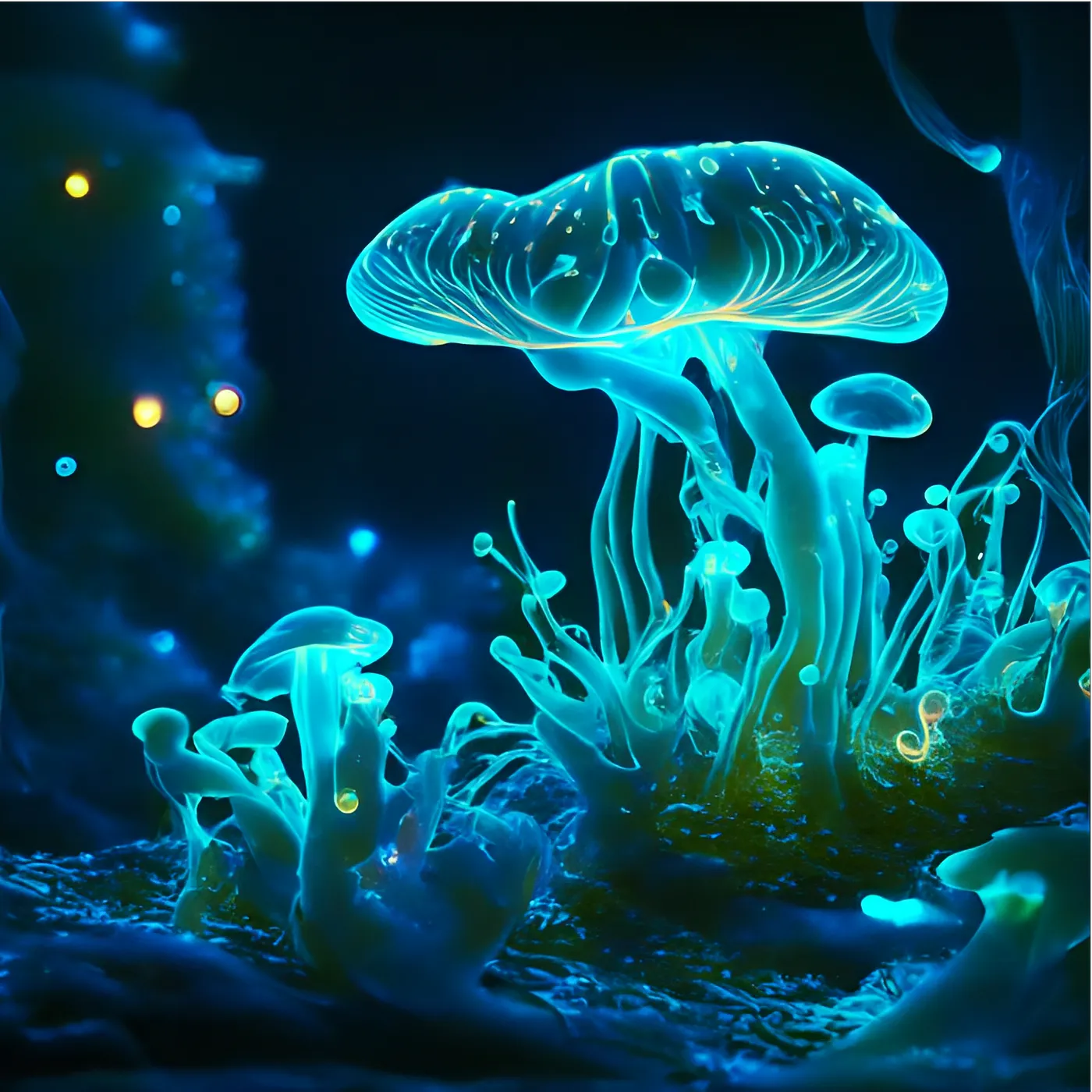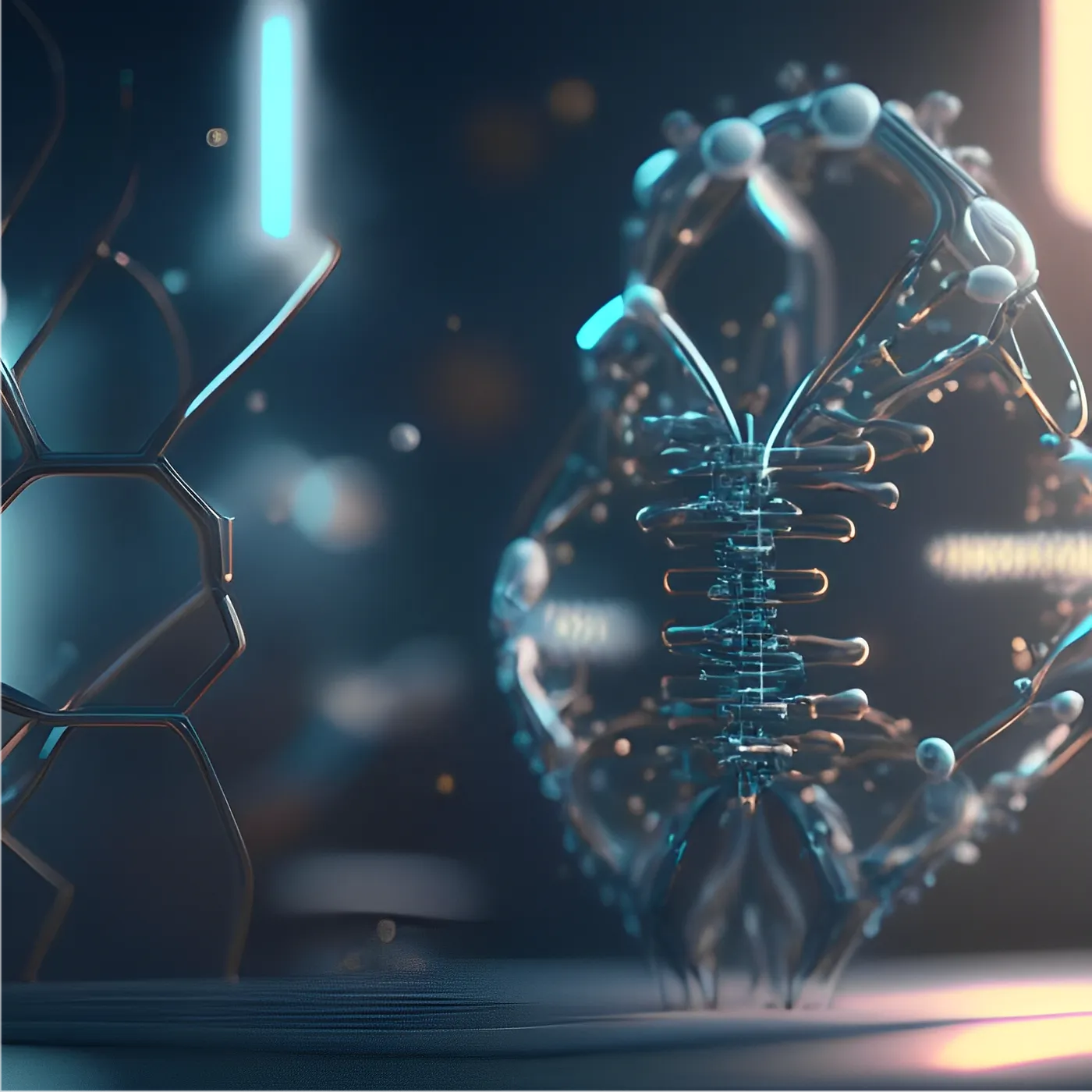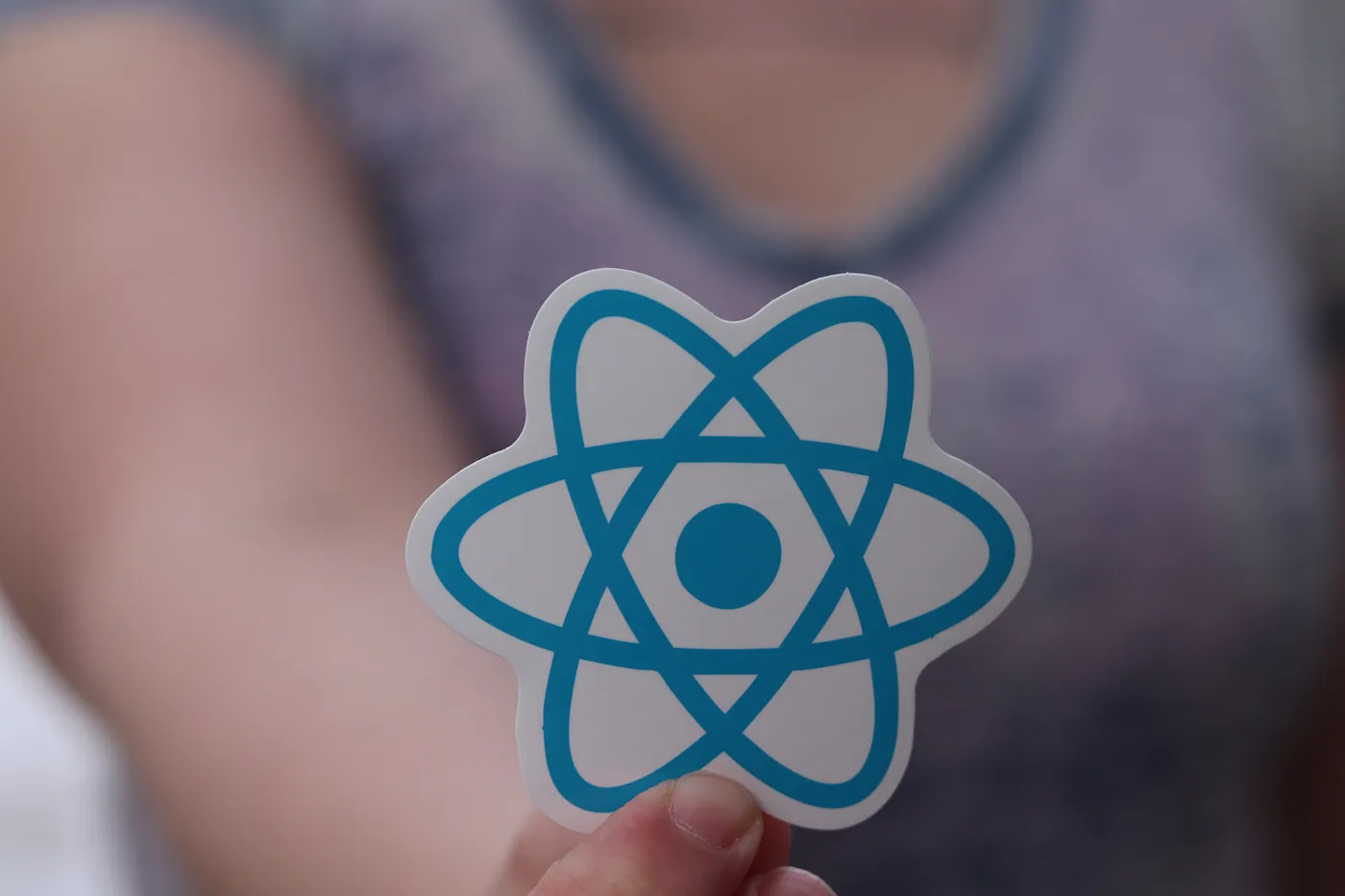Bioluminescence and Artificial Intelligence: Uncovering the Mysteries of Nature's Glow

The Allure of Bioluminescence, Introductory
The human mind has been attracted by bioluminescence for generations. Nature's capacity to make light has always been a source of wonder and curiosity, from the ethereal light given by deep-sea organisms to the magical glow of fireflies on a summer night. The secrets of bioluminescence are now being discovered by scientists with the aid of artificial intelligence (AI), creating new opportunities for scientific study, environmental monitoring, and even creative expression. Let's explore the exciting intersection of artificial intelligence and bioluminescence to see how cutting-edge technology is illuminating this amazing phenomenon.
AI-Assisted Bioluminescence Decoding
Understanding the intricate metabolic mechanisms involved in light production is one of the most difficult aspects of studying bioluminescence. Machine learning algorithms and other AI-driven tools have started to shed light on these processes by analyzing massive volumes of data and finding patterns and connections between different variables. AI is assisting scientists in understanding the workings of bioluminescence and aiding them to solve the mysteries surrounding it by processing data and making sense of it.
Bioluminescent Imaging Powered by AI
A potent method for studying a variety of biological processes, including tracking cancer cells and observing gene expression, is bioluminescent imaging. The manual examination and interpretation of the images used in the past for this technique can be time-consuming and error-prone. AI has the ability to automate the analysis process, improving its accuracy and efficiency, and revolutionizing bioluminescent imaging. Bioluminescent signals can exhibit tiny patterns and variations that machine learning algorithms can recognize, enabling researchers to extrapolate more significant results from their tests.
Using AI to Improve Bioluminescent Sensors
The ability of some organisms to produce light makes bioluminescent sensors useful for detecting specific materials or environmental conditions. They can be used, for instance, to check the quality of the water or find dangerous compounds in the surrounding area. AI is becoming more and more crucial to the creation and improvement of these sensors. Bioluminescent sensors can be made to be more sensitive and selective by implementing machine learning algorithms, which will enhance their performance and make them more usable for a range of applications.
The Art of Bioluminescence and AI
Many designers and artists have also been inspired by bioluminescence to produce breathtaking, fantastical installations that highlight the wonder of nature's illumination. These artistic activities are currently being improved by AI by providing new methods for managing and controlling bioluminescent organisms. AI-driven systems, for instance, can study the behavior of bioluminescent organisms like dinoflagellates and use this knowledge to build dynamic, interactive displays that react to the surroundings or user engagement. In addition to being visually appealing, this confluence of art, science, and technology also aims to increase awareness of the value of protecting the natural environment.
The Future of Bioluminescence and AI
AI will likely find more uses in researching and utilizing bioluminescence as it develops. Bioluminescence and artificial intelligence have the potential to change industries including entertainment, environmental monitoring, and perhaps medical. We can create new technology and solutions that advance our understanding of the environment and contribute to a brighter, more sustainable future by unlocking the mysteries of nature's glow.
Originally posted on medium.




